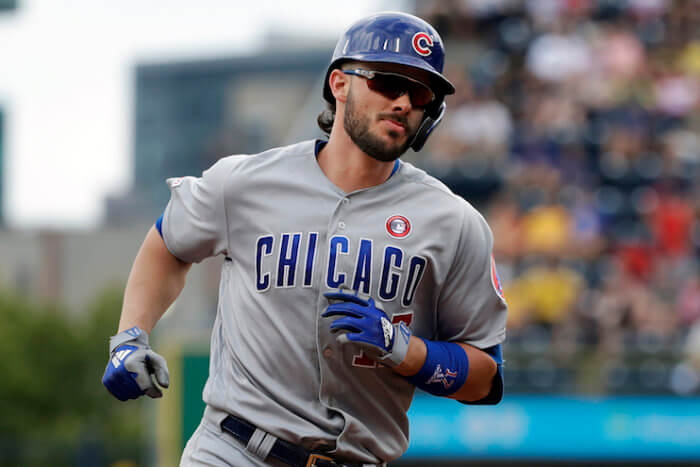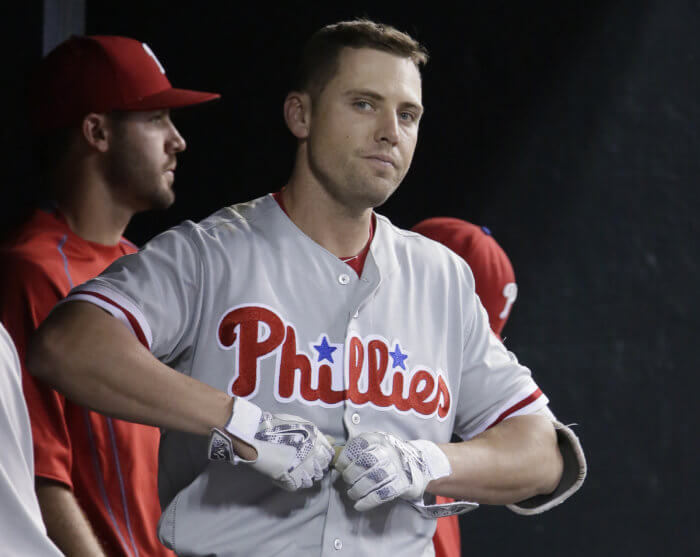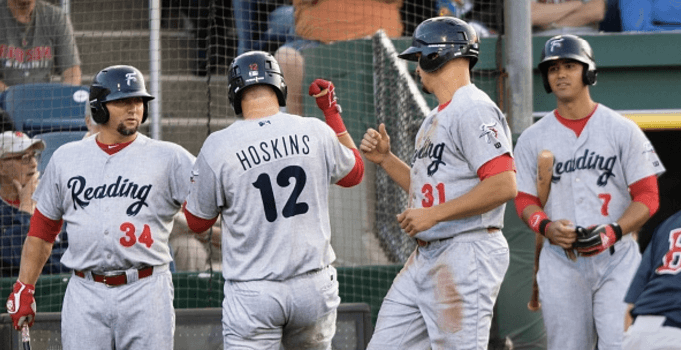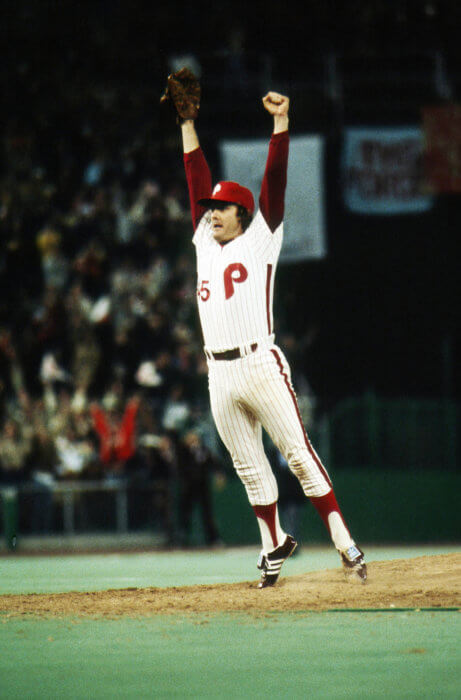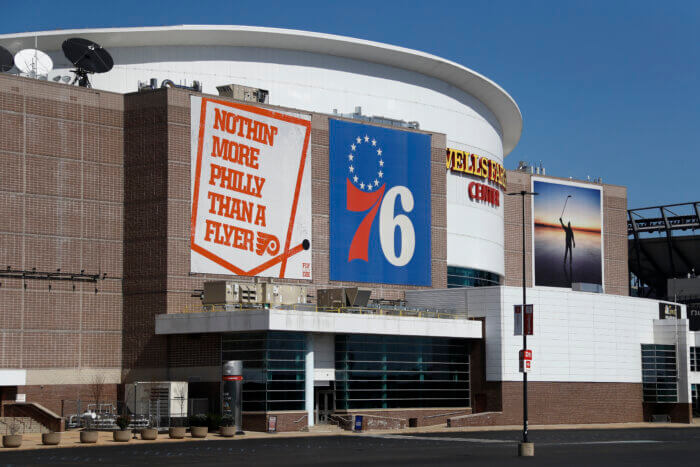Entering the 2016 season, the Philadelphia Phillies fielded a roster with very little trade value at any position. With many of their former stars, such as Ryan Howard rapidly declining, and their adamant stance to build from within, Matt Klentak and his front office had very little to work with in any trade talks. After acquiring Charlie Morton and Jeremy Hellickson, however, one area of strength they had to trade from was back-end rotational depth. As soon as Morton and Hellickson were acquired the assumption was that they would be dealt at the deadline once the Phillies’ younger arms were ready. The Charlie Morton experiment failed. Philadelphia lost the former Pirate to a torn hamstring in April. Hellickson, on the other hand, was everything they could have asked for. The 29-year-old had an 8-7 record and 3.70 ERA, before the deadline, and became one of the more desirable pitchers in a weak trade deadline market. However, despite interest from a plethora of teams, August 1stcame and went, and so did the non-waiver trade deadline, and Hellickson was still on Philadelphia’s roster.
Today, Hellickson is still on Philadelphia’s roster as a result of Klentak’s gamble. A gamble that is starting to look less and less like a calculated risk, and more like a costly mistake.
In his first three starts after the deadline, Hellickson posted a 2.89 ERA and struck out 18 batters. In his next three starts, however, the veteran right-hander had a 6.75 ERA against the Marlins, Mets, and Braves, who, out of 30 teams, rank 26th, 27th, and 29th, respectively, in total team offense. Hellickson rebounded nicely against Pittsburgh last night, allowing no earned runs and striking out six, but if he fails to re-gain that form consistently his recent stretch of poor starts may be a precursor to the costly repercussions. On one hand, Philadelphia can extend Hellickson a qualifying offer, which would likely be upwards of $17 million, and hope he rejects it so they can receive a supplemental draft pick. Although, given Hellickson’s affinity for Philadelphia and the small chance that he makes that kind of money on the open market, that seems unlikely. And if he does stay, anything less than the numbers he posted before the deadline, and the Phillies will likely be forced to retain him at the 2017 deadline. On the other hand, Philadelphia can simply let Hellickson walk, having received nothing for him, in one of the weakest pitching markets in years. Which, given the alternative, would be the better, cost-effective option. Klentakand the Phillies, are building something in Philadelphia, but retaining Hellickson could very well prove to be a move that hampers their ability to negotiate in the upcoming season, and will, in all likelihood, be a disappointing missed opportunity.
Phillies, GM Matt Klentak have made a mess of Jeremy Hellickson
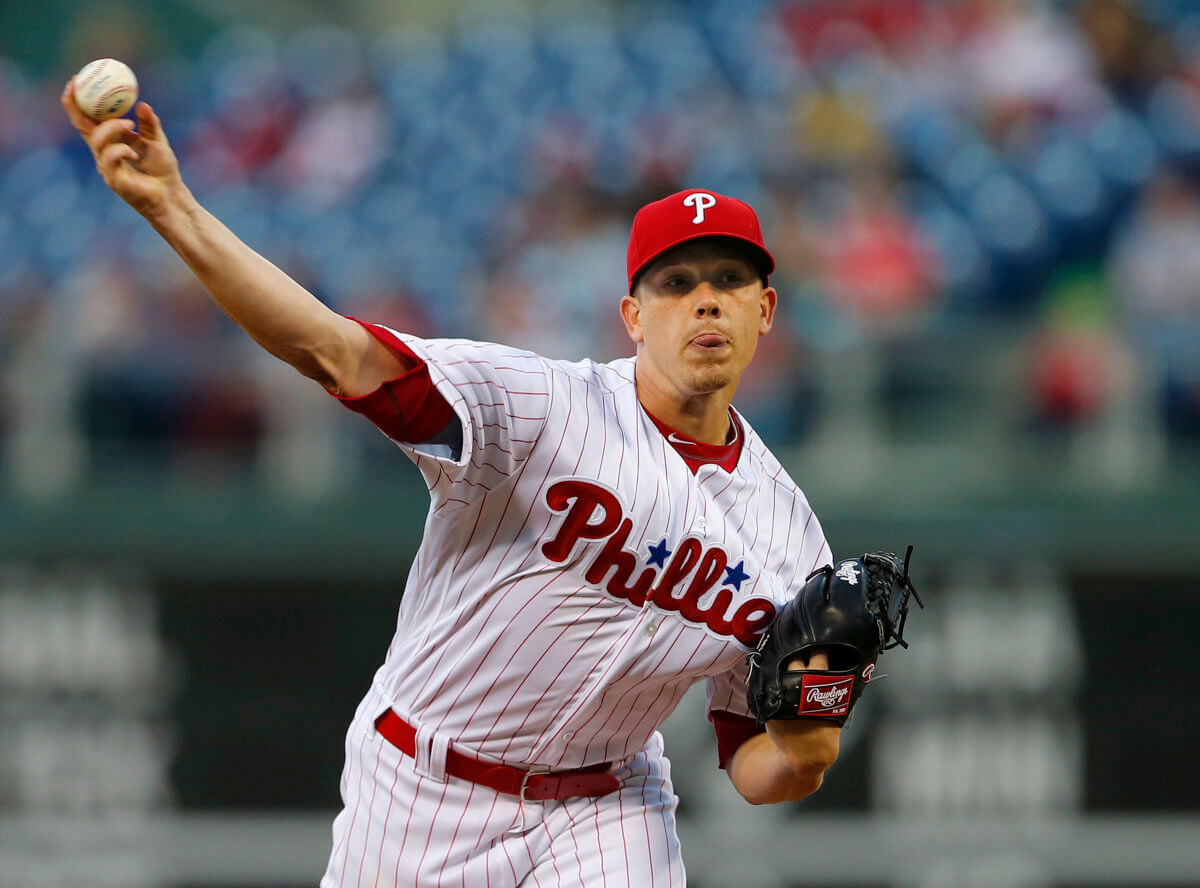
Getty Images
























